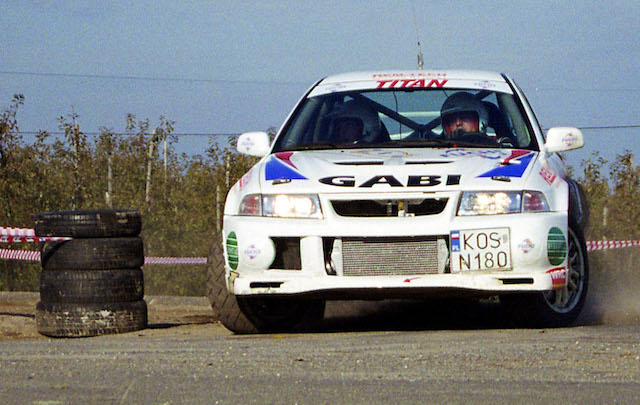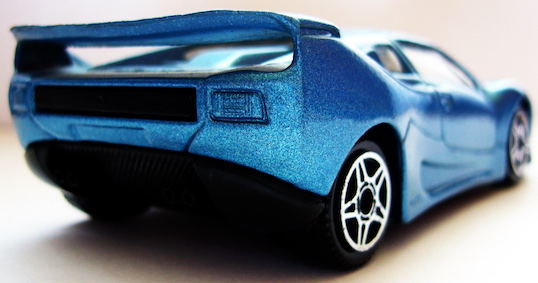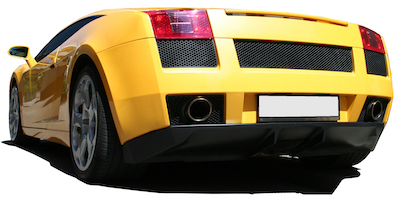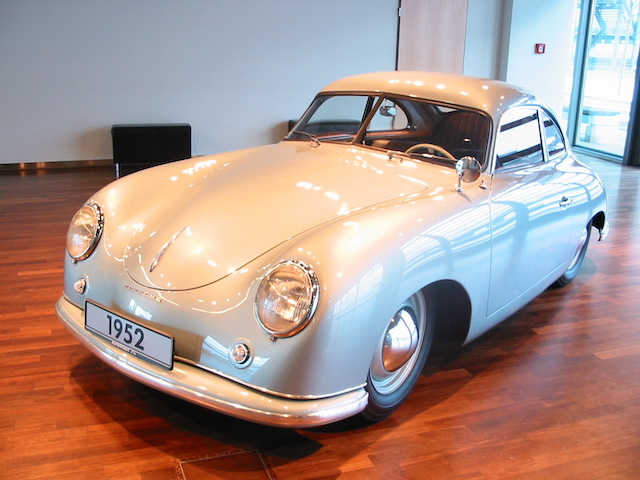Formula 1 Race Car In East African Safari Rally
Motorsport events around the world vary greatly in terms of the vehicles, terrain, and challenges they present. The East African Safari Classic rally is the most iconic rally race. Known for its vast distances, it draws both professional drivers and sport lovers from across the globe. On the other hand, Formula 1 is often famous for speed in racing. However, when it comes to using a Formula 1 race car in a rally event, certain factors must be considered.
Formula 1 race car
Is it allowed to use Formula 1 race car at the East African Safari Classic Rally? Held in Kenya, the rally covers gravel roads, muddy paths, and rough sections. Participants must go through rough patches, which require vehicles to have exceptional durability, suspension, and endurance. The rally has earned a reputation for testing both the physical endurance of the drivers and the resilience of the cars.
Rally cars designed for such an event must withstand the rigors of off-road racing. They need strong suspension systems, reinforced bodywork, and off-road tires. Rally drivers also have to handle constant shifts in the weather, including rain and dust storms, which can drastically alter the race conditions. All of these aspects make the East African Safari Classic Rally an extremely demanding race.
Design and purpose
Formula 1 race cars, in contrast, are designed with an entirely different purpose. These cars are built for high-speed racing on smooth, closed-circuit tracks. They are equipped with lightweight carbon fiber bodies, powerful engines, and highly specialized tires optimized for dry, paved tracks. Their aerodynamics are designed to maximize downforce and minimize drag to ensure peak performance at high speeds.
The suspension system of a Formula 1 race car is also tailored for smooth circuits. It allows for precision handling, but it is not built to withstand the jarring impacts of rocky, uneven rally roads. In addition, the tires used in Formula 1 are soft and provide maximum grip on dry surfaces but would wear out quickly on rough, abrasive surfaces.
Suspension and handling
The most glaring difference between a Formula 1 race car and a rally car is its suspension systems. Formula 1 cars rely on highly sophisticated suspension systems designed to provide excellent grip on flat, predictable tracks. These systems are fine-tuned for smooth, consistent surfaces and high-speed cornering. However, they are not designed to absorb the constant shocks and vibrations encountered on rough, uneven terrain like the roads of the East African Safari Classic Rally.
Rally cars, by contrast, are equipped with heavy-duty suspension systems built to handle rough roads. These systems are designed to absorb impacts from jumps, rocks, and deep ruts. The suspension in rally cars is much more robust and can endure the continuous punishment of off-road racing. Formula 1 cars, with their stiff suspension settings, would not be able to provide the necessary comfort or durability on the rugged terrains of the Safari Rally.
A vital factor
Tires are another key difference between Formula 1 race cars and rally vehicles. Formula 1 tires are designed for maximum grip on smooth, paved circuits. They are made from soft compounds that offer incredible traction but wear down quickly, especially on rough surfaces. Formula 1 tires are not suited for the variety of surfaces encountered in rally racing, such as gravel, mud, or sand.
Rally cars, on the other hand, are equipped with tires designed for off-road conditions. These tires are reinforced to withstand extreme conditions and are built to provide grip on loose surfaces. They are also designed to handle water and mud while maintaining performance throughout long stages. Formula 1 tires, with their soft compound, would quickly degrade under such harsh conditions, making them unsuitable for the East African Safari Classic Rally.
Endurance vs. speed
The East African Safari Classic rally is a test of endurance, with cars required to run for several days across difficult terrain. The reliability of the car is paramount, as drivers face long stages and unpredictable conditions. Rally cars are built to last and endure these conditions, with durable parts and systems designed for repairability and serviceability during the event.
Formula 1 race cars, on the other hand, are built for speed over relatively short distances. They are not designed to withstand the punishment of long, grueling races across rough terrains. The lightweight construction and highly specialized components of a Formula 1 car make them more vulnerable to mechanical failures in rally environments. Even small issues can lead to significant damage or failure in an F1 car, making them ill-suited for such a demanding race.
Engine and performance
Formula 1 engines are designed for rapid acceleration, high RPMs, and maximum speed on smooth tracks. These engines are finely tuned for performance, but they operate at much higher temperatures and stress levels compared to rally car engines. The extreme power and revs of a Formula 1 engine are best suited for a track environment, where the car is running at high speeds with minimal variation in conditions.
Rally car engines, however, are designed for longevity and adaptability. They need to perform consistently over long stages, often under extreme conditions such as high temperatures, rain, or dust. The engine in a rally car is built to endure long hours of use, with less emphasis on peak performance and more focus on reliability and consistency. While the engine in a Formula 1 car is highly efficient in a track setting, it would not fare as well in the harsh environments encountered during the East African Safari Classic rally.
Safety features
Safety is a paramount consideration in all motorsport events. Formula 1 cars are equipped with advanced safety features designed to protect drivers in the event of a high-speed crash. These features include reinforced cockpits, the HANS device (Head and Neck Support), and extensive crash testing. While Formula 1’s safety innovations are top of the line, they are designed for a different kind of racing.
Rally cars are also built with safety in mind but have different needs due to the nature of the race. Rally cars are fitted with roll cages, fire suppression systems, and specialized harnesses to protect drivers in off-road conditions. Although Formula 1 cars have many advanced safety features, they are not built to withstand the types of crashes that occur in rally racing. The external safety requirements for rally cars, such as enhanced underbody protection and shock-absorbing structures, are simply not present in Formula 1 vehicles.
Navigation in rally racing
In Formula 1, the focus is on pure speed and cornering precision, with drivers navigating predefined track layouts. The driving experience revolves around following the circuit and optimizing lap times. In rally racing, including the East African Safari Classic Rally, navigation plays a key part. Rally drivers must work closely with their co-drivers to follow the route and adjust to changing conditions.
Formula 1 race cars, being built for specific tracks, lack the necessary tools for navigation in a rally environment. Rally cars come equipped with advanced GPS systems, detailed maps, and other tools to help drivers stay on course. Formula 1 cars are not designed with this level of off-track navigation in mind. Without these tools, Formula 1 cars would struggle to complete a rally of the scale and complexity of the East African Safari Classic Rally.
The verdict
Given the vast differences in design, purpose, and performance characteristics, Formula 1 race cars are not suitable for use in the East African Safari Classic Rally. While Formula 1 cars excel on smooth, closed-circuit tracks, they lack the necessary features to handle off-road rally conditions. The suspension, tires, engine, and overall durability of an F1 car are all ill-equipped for the extreme demands of rally racing.
The East African Safari Classic rally requires cars that are built for endurance, adaptability, and off-road performance. Rally cars are designed to handle rough terrain, unpredictable weather, and long stages, all of which are not suited to the characteristics of a Formula 1 car. In terms of handling, durability, tire technology, and engine performance, rally cars are far better equipped for the challenges of the Safari Rally.
Why Formula 1 cars will stay on the track
Formula 1 cars are marvels of modern engineering, built for speed and precision. Their design and technological innovations have revolutionized motorsport. However, their performance is best suited to the controlled environment. When it comes to racing, vehicles need to be built for rugged terrain. Formula 1 race cars simply do not possess this. Thus, Formula 1 race cars will not be found in events like the East African Safari Classic rally. Rally racing demands a different kind of approach, which Formula 1 cars, as advanced as they are, cannot fulfill.
Expose your brand at the East African Safari Classic Rally05 – 13 December 2025
|






